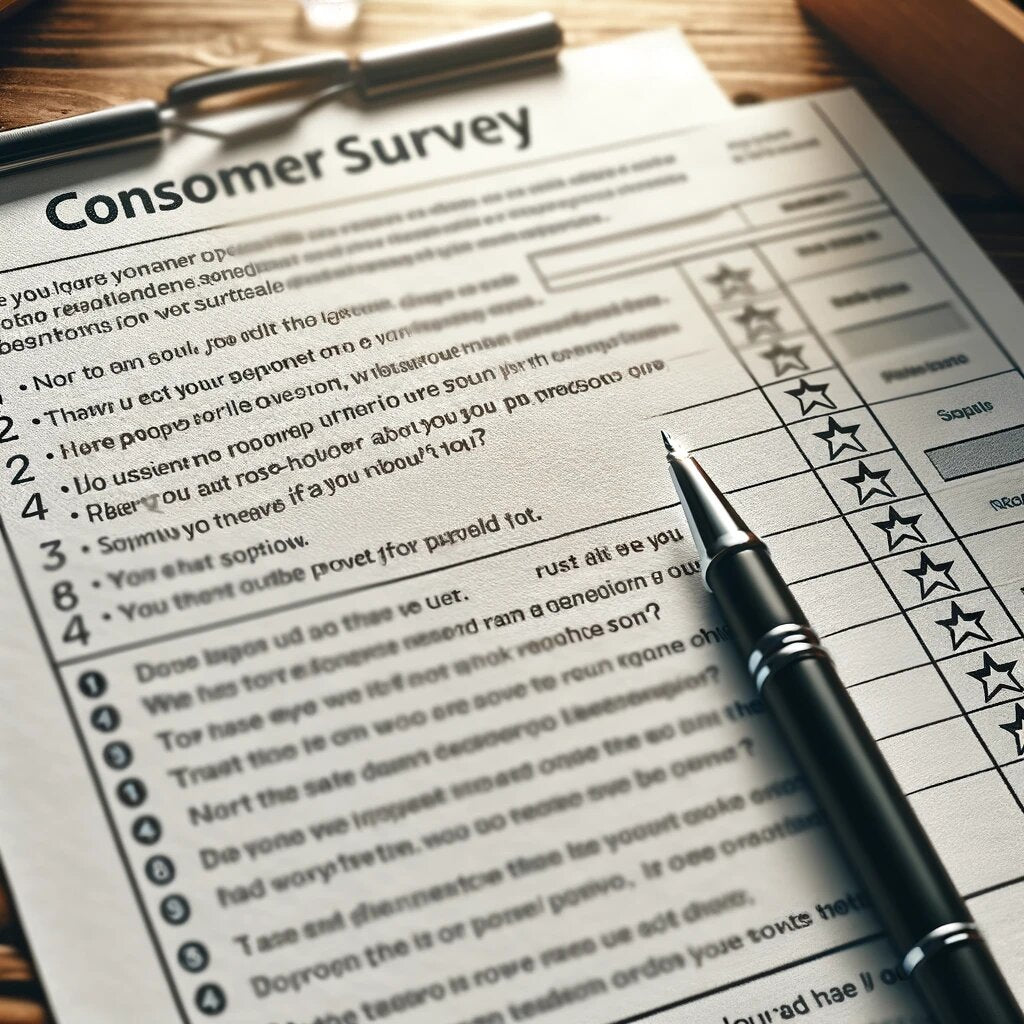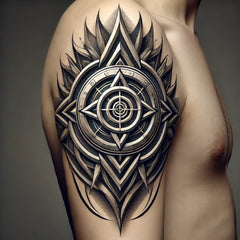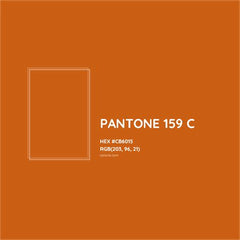Your cart is empty now.

When should you use survey evidence to support your US trademark?
When should you use survey evidence to support your US trademark?
Survey evidence can be a useful tool in trademark prosecution before the United States Patent and Trademark Office (USPTO), especially in cases where the distinctiveness and recognition of a trademark among consumers is in question. Here are some specific situations where survey evidence might be utilized:
-
Proving Distinctiveness: Survey evidence can be critical when a trademark applicant needs to prove that their mark has acquired distinctiveness (also known as secondary meaning) under 2f. This is particularly relevant for marks that are not inherently distinctive. Surveys can show that a significant portion of the relevant consumer base recognizes the mark as being associated with the applicant AS A SOURCE of the applicant's goods or services, rather than referring to the goods/services themselves.
-
Likelihood of Confusion: In opposition proceedings or in responses to office actions where the issue is the likelihood of confusion between two marks, survey evidence can help demonstrate whether consumers are likely to be confused about the source of goods or services under the marks in question.
-
Dilution: For famous trademarks, survey evidence can help establish that a mark is widely recognized by the general consuming public as a designation of source, which is necessary for a claim of trademark dilution.
-
Genericide: In cases where there is an argument that a mark has become generic (used by the public to refer to a type of product rather than the source of the product), survey evidence can help determine how the relevant public perceives the mark. Oftentimes in combination "generic" plus ".com" marks the Booking case is cited, but claims of non-genericness for the combination should be supported by survey evidence as to the consumer impression of the source.
In all these cases, the effectiveness of survey evidence depends largely on the methodology used. The survey must be well-designed, targeting a representative sample of the relevant consumer population, and conducted using sound and reliable methods to be given substantial weight by the USPTO. Poorly conducted surveys can be disregarded by the USPTO or the Trademark Trial and Appeal Board (TTAB) due to methodological flaws or biases.
Evidence of the public's understanding of the proposed mark may be obtained from any competent source, such as purchaser testimony, consumer surveys, listings in dictionaries, trade journals, newspapers and other publications." see also In re Cordua Rests., Inc., 823 F.3d 594, 118 USPQ2d 1632, 1634 (Fed. Cir. 2016).
Methodology of a Survey
In re PT Medisafe Techs. 2023 TTAB LEXIS 61 the Applicant's survey evidence lacked persuasiveness. The "survey" in this case was conducted by Applicant's counsel, who offers no credentials for conducting surveys, through the online "Survey Monkey" platform. According to counsel's declaration, he sent six respondents a questionnaire that included "a copy of the specimen filed with the Application,
"As the Supreme Court has noted, trademark surveys "can be helpful evidence of consumer [*27] perception but require care in their design and interpretation." U.S. Patent & Trademark Office v. Booking.com, 140 S. Ct. 2298, 207 L. Ed. 2d 738, 2020 USPQ2d 10729, at *7 n.6 (citation omitted). The flaws in Applicant's survey evidence are too numerous to detail, but we will highlight some of the more glaring problems."
To begin with, trademark surveys typically are conducted by trademark survey experts who follow accepted norms that ensure the reliability of the survey (Survey Standards from The White House). Otherwise, such surveys generally are not considered. See, e.g., M2 Software, Inc., a Delaware corporation v. Madacy Ent., 421 F.3d 1073, 76 USPQ2d 1161, 1171 (9th Cir. 2005) ("Both district judges properly rejected the M2 Software's survey because the survey's creator 'did not qualify as an survey expert on designing or analyzing consumer surveys.'"); Pfizer Inc. v. Sachs, 652 F. Supp. 2d 512, 92 USPQ2d 1835, 1839 (S.D.N.Y. 2009) (Pro se plaintiff's ad hoc genericness "survey" was "flawed methodologically" and did not rebut the presumption of validity of plaintiff's registered mark.); Valador, Inc. v. HTC Corp., 242 F. Supp. 3d 448, 458 (E.D. Va. 2017), aff'd, 707 Fed. Appx. 138 (4th Cir. 2017) (Survey excluded because, among other reasons, the survey person was not qualified to conduct a trademark confusion survey). As noted above, the survey here was conducted by Applicant's counsel, who provides no indication that he qualifies as a consumer survey expert or followed any accepted methodology for such surveys.
A Guide pdf by the ABA helps to set out some standards that will encourage a Court to consider the survey evidence.
Types of Surveys used in Trademarks
There are several types of surveys that can be used in trademark cases. Here are some common ones:
- Likelihood of Confusion Survey: This survey evaluates whether consumers are likely to be confused between two trademarks or trade dresses. It assesses the similarities and differences between the marks and measures the level of potential confusion among consumers.
- Secondary Meaning Survey: This survey is used to determine if a mark or trade dress has acquired distinctiveness or secondary meaning in the minds of consumers, beyond its original descriptive or generic meaning. This is crucial for establishing trademark rights for marks that are not inherently distinctive.
- Strength of Mark Survey: This survey evaluates the commercial strength and recognition of a trademark in the relevant market. It helps determine the scope of protection the mark should receive.
- Acquired Distinctiveness Survey: Similar to the secondary meaning survey, this survey measures whether a mark or trade dress has become distinctive through extensive use and promotion, even if it was originally not inherently distinctive.
- Genericness Survey: This survey assesses whether a trademark has become a generic term in the minds of consumers, in which case it would lose its trademark protection.
- Dilution Survey: This survey evaluates whether a famous trademark has been diluted or tarnished by another mark, either through blurring or tarnishment.
- Trade Dress Survey: This survey focuses on evaluating the distinctiveness and potential consumer confusion regarding the overall trade dress or product packaging, including elements like color, shape, and design.
These surveys typically involve presenting stimuli (e.g., trademarks, products, advertisements) to a representative sample of consumers and gathering their perceptions, opinions, and potential confusion through carefully designed questions and methodologies.
Importance of Survey Evidence
Survey evidence is not often introduced in Board proceedings and the Board does not encourage or require parties to introduce surveys. However, it can be useful in a genericness case as evidence of consumer perception of a trademark § 9.02 TTAB Inter Partes Practice and Procedure. The Supreme Court has noted that trademark surveys can be helpful evidence of consumer perception but require care in their design and interpretation In re PT Medisafe Technologies. However, neither the Board nor the court has required survey evidence to show a likelihood of confusion.
There are numerous examples of cases that have been lost or have fallen short of potential remedies based on a lack of survey evidence to support or reject a likelihood of confusion, for example. In Disney Enterprises, Inc. et al. v. Avi Lieberman et al. (2018), the court ruled against Disney’s motion for summary judgment, noting that “the absence of surveys is evidence that actual confusion cannot be shown.” In Easy Spirit, LLC v. Skechers U.S.A., Inc. et al. (2021), the court found against the plaintiff, Easy Spirit, on actual confusion because of a lack of supporting survey evidence. To add insult to injury, the Defendant Sketchers had a high-quality survey and the Court commented that the “failure to present any evidence of actual confusion,” especially when the opposing party has offered competing survey evidence, “tilts this factor in [the defendant’s] favor.” For more info.
In fact, survey evidence in trademark actions has always been viewed with a skeptical eye Wreal, LLC v. Amazon.com, Inc., 38 F.4th 114. Some courts have indicated that the failure of a party to conduct a survey, especially if the party has the financial means to do so, may give rise to the inference that the results of the survey would be unfavorable. However, this approach is not without its critics Hilson Research Inc. v. Society for Human Resource Management.
-- Try TrademarKraft's AI Office Action Response Tool --
Trademark Survey Experts
Keegan and Donato: provide plaintiffs and defendants across the nation with different types of litigation surveys, as well as survey critiques, rebuttals and expert testimony on a wide variety of matters.
AMS Consulting: Applied Marketing Science, Inc. (AMS) has over 30 years of experience conducting consumer litigation surveys for complex legal matters.
Goldmarks: We conduct primary and secondary market research for brand owners, licensees, law firms, agencies and consultants.
Please contact Nyall Engfield at Trademakraft.com.



